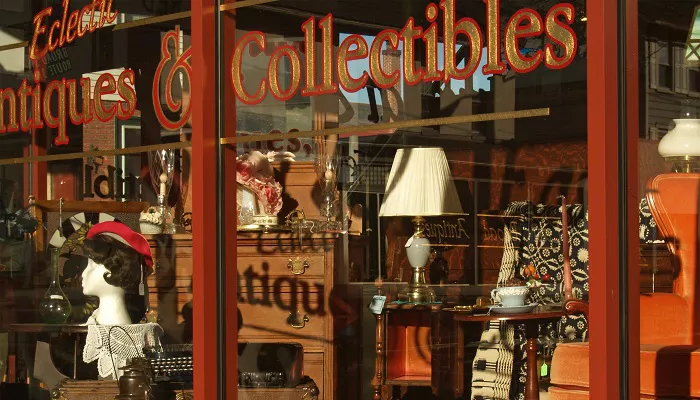An expert on the BBC’s Antiques Roadshow recently faced a delicate situation when revealing that an inherited sculpture, believed to be a genuine Auguste Rodin piece, was actually a replica. The moment unfolded during the show’s visit to the Scarborough Grand Spa Hall, where expert Christopher Payne was on hand to assess a couple’s statue.
Upon seeing the piece, Payne began with an enthusiastic assessment. “Here we have a good, powerful, gutsy piece of sculpture by a very good, gutsy, powerful sculptor, Auguste Rodin,” he said, before asking the owners what they knew about it.
The couple explained that the statue had been passed down from the wife’s mother, who recalled that it had been purchased in Exeter in 1966 for £250. Beyond this, they had little information about its origins.
Payne continued to praise the artwork, describing it as “a great piece of sculpture” and noting its significance as part of Rodin’s celebrated body of work. He explained that the piece, titled Cathedral Hands, was designed in 1908, emphasizing the symbolic power of the two hands depicted in the statue.
However, Payne soon turned to a crucial detail that would alter the statue’s presumed value. He pointed out the signature on the statue reading “A. Rodin,” and a stamp on the back that read “1953” – a date long after Rodin’s death in 1919. This, Payne explained, was a clear sign that the piece was not an original Rodin, but rather a posthumous cast.
“The statue is not an authorized museum cast by the Rodin Museum,” Payne admitted, “It is simply a copy made in New York, which makes it very interesting, but also difficult to assess.”
Despite the disappointment, the guests took the news well, acknowledging that they were mainly interested in the sculpture’s origins rather than its potential value. The wife noted that while it wasn’t what they expected, it was still a “spectacular” piece.
Payne, still impressed by the sculpture’s aesthetic, clarified its value. As a decorative item, he estimated the piece could fetch between £2,000 and £3,000 at auction. However, he then asked the couple if they were curious about what the piece might have been worth had it been a museum-approved cast.
After some hesitation, the owners agreed to hear the figure. Payne revealed that an authorized version of the piece could have been worth “half a million pounds,” a figure that prompted an amused reaction from the couple.
The wife laughed at the staggering estimate, while her husband joked, “In one way, I’m glad it’s not worth that, really.”
Despite the revelation, Payne assured the couple that the sculpture remained impressive in its own right, commenting, “It still does a wonderful job, fantastic. Power of the hand.”
This exchange highlights the intriguing world of art and antiques, where the difference between an authentic work and a replica can significantly impact both emotional and financial value.

